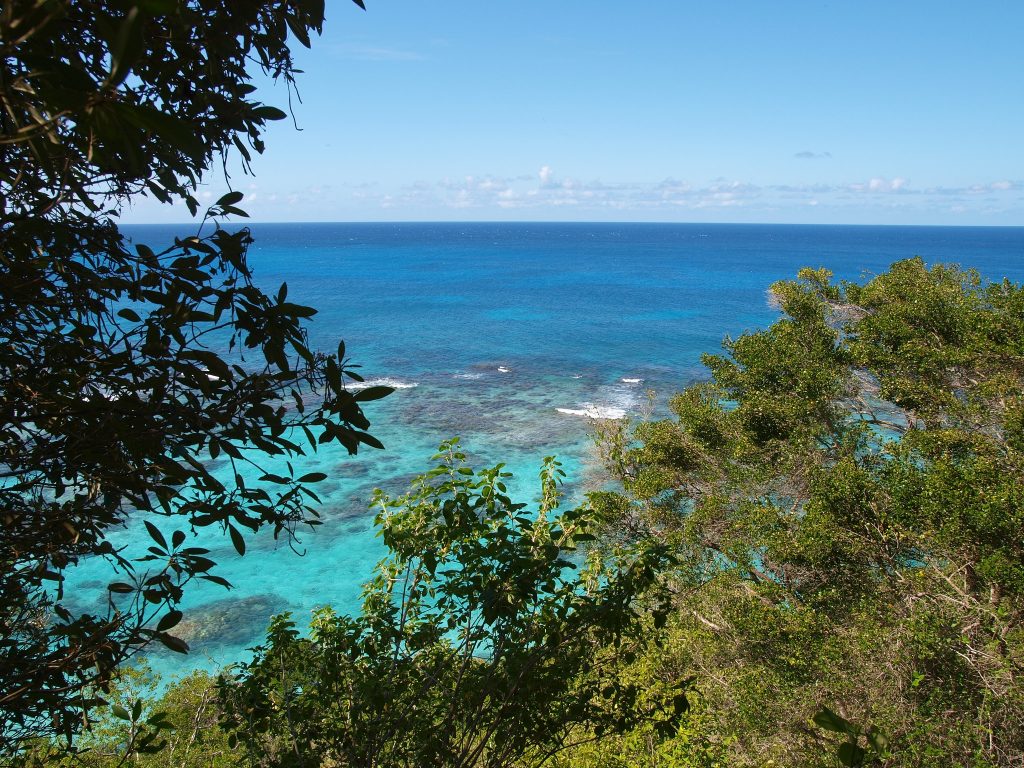Isla mona puerto rico: Isla de Mona | Discover Puerto Rico
What To Know About Visiting Isla de Mona, Puerto Rico’s Untouched Caribbean Island
By
Aaron Spray
Explore the isolated and uninhabited island of Mona, famous for its rich biodiversity and natural beauty.
Shutterstock
Isla de la Mona. Puerto Rico. USA. Caribbean
Quick Links
- What To Know Of Isla De Mona – Puerto Rico’s Largest Uninhabited Island
- The Rich Biodiversity Of The Isla de Mona
- How To Get To Mona & What To Do There
The Isla de Mona (or just Mona) is the third-largest island of Puerto Rico and the largest of the three islands of the Mona Passage between the Dominican Republic and Puerto Rico. Mona is arguably Puerto Rico’s most remote and pristine wildlife sanctuary. Mona is very much a detour or side trip in Puerto Rico, but it can be an experience very much worth it.
Today Mona Island remains a largely untouched Caribbean island. It can be argued that Mona is one of the great reasons to visit Puerto Rico. Another of the outlying Puerto Rican islands to visit is the stunning island Culebra famous for its picturesque white sand beaches.
View this post on Instagram
A post shared by PUERTO RICO 🇵🇷 (@puertoricogram)
What To Know Of Isla De Mona – Puerto Rico’s Largest Uninhabited Island
Mona is one of the few sizable islands of the Caribbean that is inhabited. The only people on the island are rangers and biologists.
The island is full of caves; there are around 200 or so caves found on the island. Some of the most notable are El gato, La esperanza, La negra, Los ingleses, El rifle, El toro, Del norte, Ataúd, Nuevos Lirios and Gallinas. Visitors can see thousands of pieces of native art, ancient petroglyphs, and marks in these caves.
Visitors can see thousands of pieces of native art, ancient petroglyphs, and marks in these caves.
- Length: 7 Miles By 4 Miles (or 11 Kilometers by 7 Kilometers)
- Permanent Population: None
- Caves: Around 200
View this post on Instagram
A post shared by Aventura | Cultura | Ambiente (@whateverpuertorico)
Mona Island was originally settled by the Taino people, who were native to the Caribbean. The Spanish arrived in the 15th century, Christopher Columbus visited Puerto Rico on his second trip in 1493, and it was then European may have first sighted Mona. The small size and location of the island resulted in the island not being permanently inhabited.
Related: Book These 10 Puerto Rico All Inclusive Resorts For A Unique Exotic Caribbean Getaway
The Rich Biodiversity Of The Isla de Mona
Mona (along with Monito) is a National Natural Landmark that preserves the island’s ecosystem.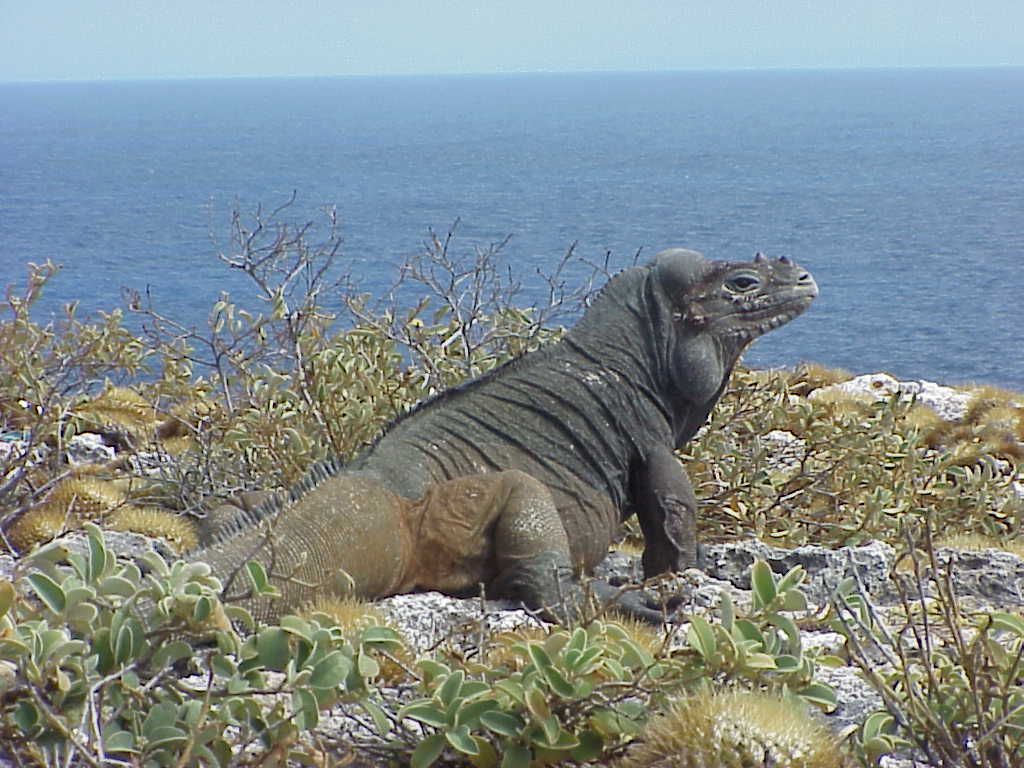 It is home to a large amount of biodiversity and endemic species like the Mona ground iguana (plus it is an important seabird area).
It is home to a large amount of biodiversity and endemic species like the Mona ground iguana (plus it is an important seabird area).
View this post on Instagram
A post shared by Noel Gonzalez (@noelgabella)
- Notable Wildlife: Mona Ground Iguana, Hawksbill Sea Turtles
Mona Island is sometimes called the Galápagos of the Caribbean. It is a stunning island with an environment of coral reefs, soaring cliffs, white sand beaches, clear waters, and native wildlife.
There is a large and growing hawksbill sea turtle rookery on the island. It has over 1,500 clutches that are laid out every year on the beaches. The island draws nature enthusiasts from around the world to see its beauty and biodiversity.
Related: Puerto Rico Vs Costa Rica: 20 Photos To Help You Decide Between These Two Vacation Destinations
instagram.com/p/BHI_i-LBkiL/?utm_source=ig_embed&utm_campaign=loading” data-instgrm-version=”14″>
View this post on Instagram
A post shared by Ambiente (@ambientekayak)
How To Get To Mona & What To Do There
To get to Mona, visitors need to coordinate a camping trip with a local tour operator. Those who actually get to visit Mona are among the lucky few, as the isolation and logistics of getting there mean few ever visit it.
Visitors need to be aware that the island is uninhabited – there are no hotels or infrastructure on the island.
People can get there by their own boat. The boat ride is around 3 or 4 hours to the island and a 45-mile-long voyage across the Mona Passage. The island has two designated camping areas and a number of hiking trails.
Information about visiting Mona can be difficult to find. People with private boats can visit the island’s surrounding waters, but they can’t actually land and go onto the beach.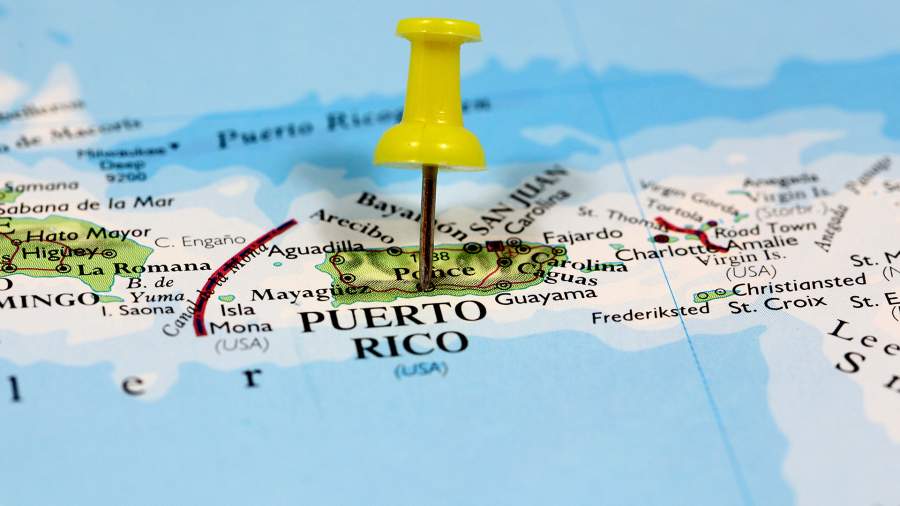 Those wanting to actually visit the island need to be a permit from the Department of Natural Resources of Puerto Rico. Visitors need to bring everything they need onto the island.
Those wanting to actually visit the island need to be a permit from the Department of Natural Resources of Puerto Rico. Visitors need to bring everything they need onto the island.
View this post on Instagram
A post shared by @the_mp_lens
It is much more convenient to take a guided tour of Isle de Mona to save the hassle of permits and planning to bring everything.
The easiest way to visit the island is with a tour operator. Tours are available with Acampa and Adventures Tourmarine. These companies plan the trip, take care of the permits, tailor the trip, and bring all the needed gear – like camping equipment, etc.
These tours explore the caves and the hypnotizing landscapes of the island. People can see the island’s lighthouse, that’s now centuries old, and a number of shipwreck sites.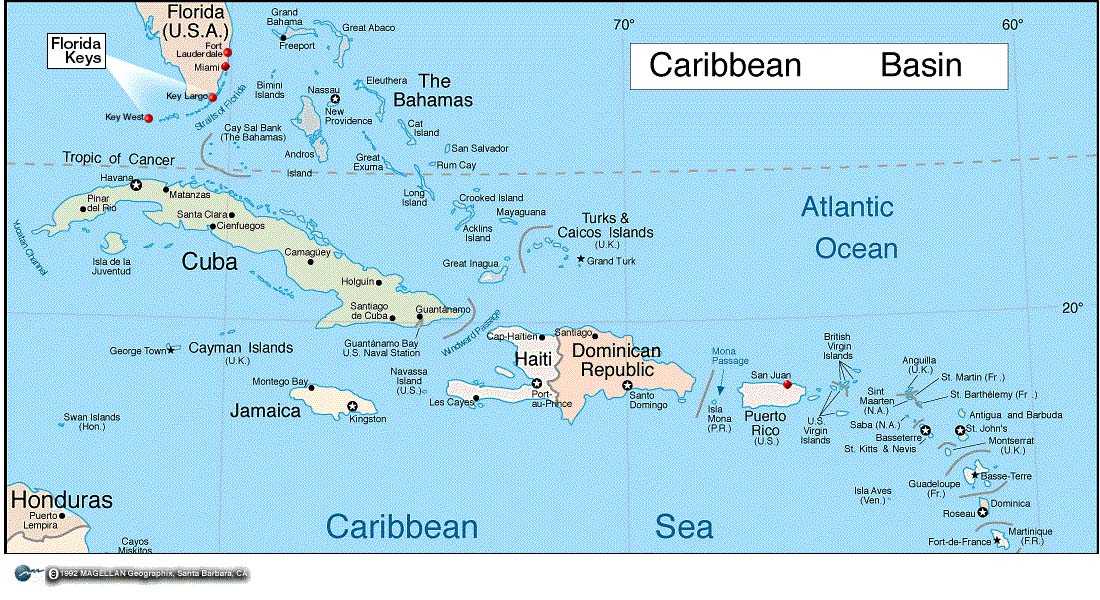 The tours can include three or four days of camping on the island. The tours sometimes have minimum and maximum age requirements and require people to be reasonably physically fit.
The tours can include three or four days of camping on the island. The tours sometimes have minimum and maximum age requirements and require people to be reasonably physically fit.
View this post on Instagram
A post shared by JP Zegarra (@jp.zegarra)
Mona Island, Puerto Rico – Planeta.com
From the archives
By Harry Angus
Dazzling coral reefs, breathtaking cliffs and a multitude of caves make Mona Island the perfect habitat and the best kept Caribbean refuge to more than a hundred endangered species. Giant iguanas and sea turtles, red-footed boobies and many other migrating birds will be your welcoming hosts during a visit to this small island sandwiched between Puerto Rico and the Dominican Republic. Viewed from the air, this bean-shaped island looks like a giant piece of green puzzle placed over the dark blue ocean.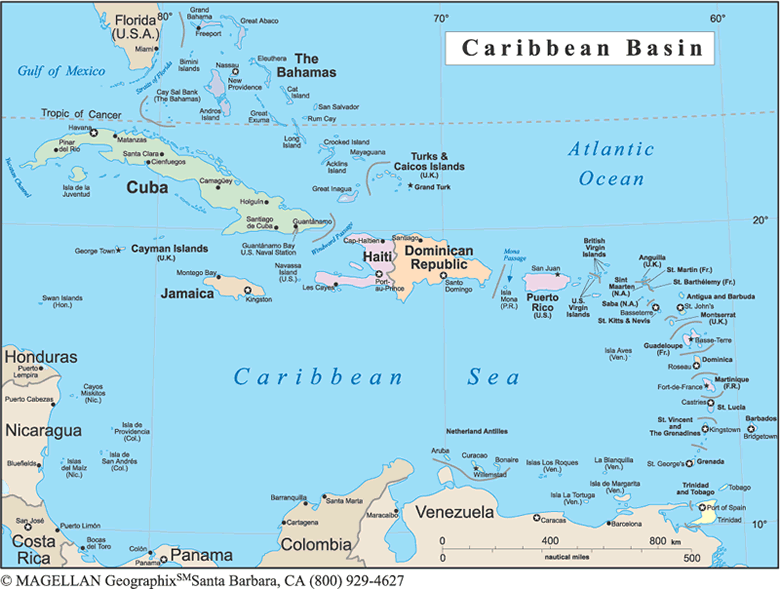 Vertical cliffs rise from the ocean as giant walls surrounding its coasts. Mona’s uniqueness among other Caribbean islands lies in its use as a natural reserve for the conservation of sea turtles and the strict protection program implemented to preserve its ecosystem. The island is not inhabited except by the Puerto Rico Department of Natural Resources (DNR) personnel — resident biologist and rangers. Ecotravelers, nature lovers, biologists and ecologists are most welcomed.
Vertical cliffs rise from the ocean as giant walls surrounding its coasts. Mona’s uniqueness among other Caribbean islands lies in its use as a natural reserve for the conservation of sea turtles and the strict protection program implemented to preserve its ecosystem. The island is not inhabited except by the Puerto Rico Department of Natural Resources (DNR) personnel — resident biologist and rangers. Ecotravelers, nature lovers, biologists and ecologists are most welcomed.
Fauna and Flora
Because of its hot, dry climate and its limestone soil, Mona Island is a heaven for ecological conservation. The Mona Iguana, certified as threatened by the Endangered Species Act of 1973, is a four feet long reptile found only in the Mona Island. They dig their nests in the dry soil between the dense vegetation. Another family of the long Mona Iguana is the Geco Oriundo. Unlike its native cousin, this tiny iguana only reaches about an inch long. It is easily recognized by a dark spot over its neck and can be found in the flatter southern areas. Another interesting native is the Coqui de Mona, a close cousin of the famous tiny frog encountered only in Puerto Rico. They might be difficult to spot because of their size but the high pitch concert they hold at night is unmistakable.
Another interesting native is the Coqui de Mona, a close cousin of the famous tiny frog encountered only in Puerto Rico. They might be difficult to spot because of their size but the high pitch concert they hold at night is unmistakable.
The North side is the refuge to dozens of different species of migrating birds, the most common is the red-footed booby. The cliffs and the rocky soil are ideal for nests making Mona their favorite winter home. The waters surrounding the island are the most hospitable habitat in the Caribbean for over 270 species of fish and endangered sea turtles who have found the peace and tranquillity needed for their reproduction. The most famous ones are the Hawksbill and the Leatherback sea turtle.
Geography
Mona Island is 42 miles from the western coasts of Puerto Rico. The island is about seven miles long and four wide with an approximate area of 13,000 acres. Mona has more than twenty miles of coast, 90% consist of abrupt cliffs of over 200 feet high rising vertically from the ocean.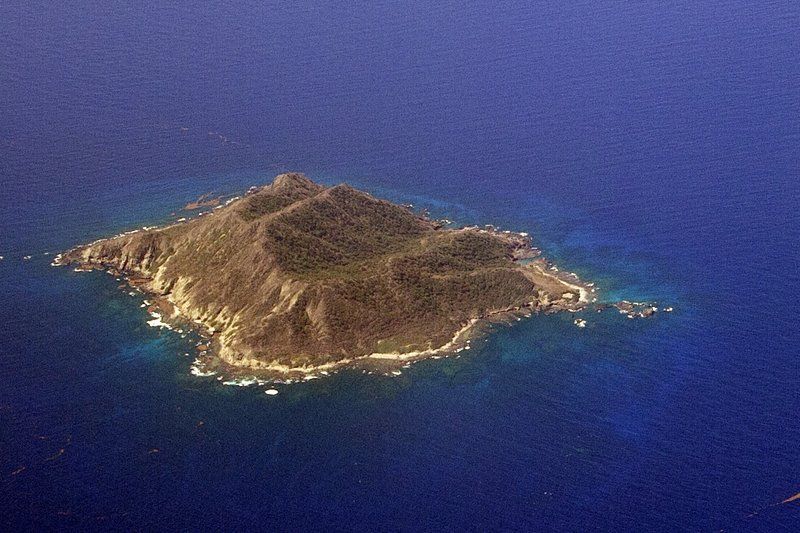 The island reminds of Saba with the difference that Mona is practically flat top. The highest peak is about 300 feet above sea level. Because of its size and topography, Mona is dry as opposed to Puerto Rico. The island is classified as having a semi-arid, subtropical climate. Temperature is between 80 to 90 all year long. About 2% of Mona’s surface is formed by caverns, penetrating horizontally from 150 up to 800 feet inside the limestone soil.
The island reminds of Saba with the difference that Mona is practically flat top. The highest peak is about 300 feet above sea level. Because of its size and topography, Mona is dry as opposed to Puerto Rico. The island is classified as having a semi-arid, subtropical climate. Temperature is between 80 to 90 all year long. About 2% of Mona’s surface is formed by caverns, penetrating horizontally from 150 up to 800 feet inside the limestone soil.
The island is located close to the deepest ocean trench of the Atlantic Ocean: the Puerto Rico Trench. Between Mona and Puerto Rico, ocean depths reach over 3,000 feet. Ocean depths close to Mona’s cliffs are more than a hundred feet. Coral reefs surround the South coast where a myriad of keys protect more than five miles of white-sand beaches.
What to do
Mona offers over 13,000 acres of unspoiled ecological treasures. Camping is allowed only in the three beaches located on the South and South West of the island. Trails join the three beaches up to the eastern point of the island where the lighthouse is located. During the day, you can go hiking, bird watching, snorkeling or scuba. Activities can be coordinated with the resident biologist if you want to learn about the ecosystem of the island. It is required to visit the caverns with a guide.
During the day, you can go hiking, bird watching, snorkeling or scuba. Activities can be coordinated with the resident biologist if you want to learn about the ecosystem of the island. It is required to visit the caverns with a guide.
Star gazing at night may be the most unforgettable experience of a trip to Mona. Because of the darkness, the sky offers at night myriad of bright stars, a spectacular experience for the amateur astronomer equipped with a telescope. A sunset viewed from Mona can also be a remarkable experience.
Mona is without any doubt the best snorkeling site of the Caribbean because of its crystal clear waters, allowing visibility as far as 150 feet under the sea. Playa Carmelita is the best snorkeling site. Coral reefs surround the South coast offering a palette of the brightest colors and the most complete reef styles such as the brain-type, the common sea fan, the finger coral, the fleshy and the stony corals. Colors vary from intense dark violet to yellowish mustard.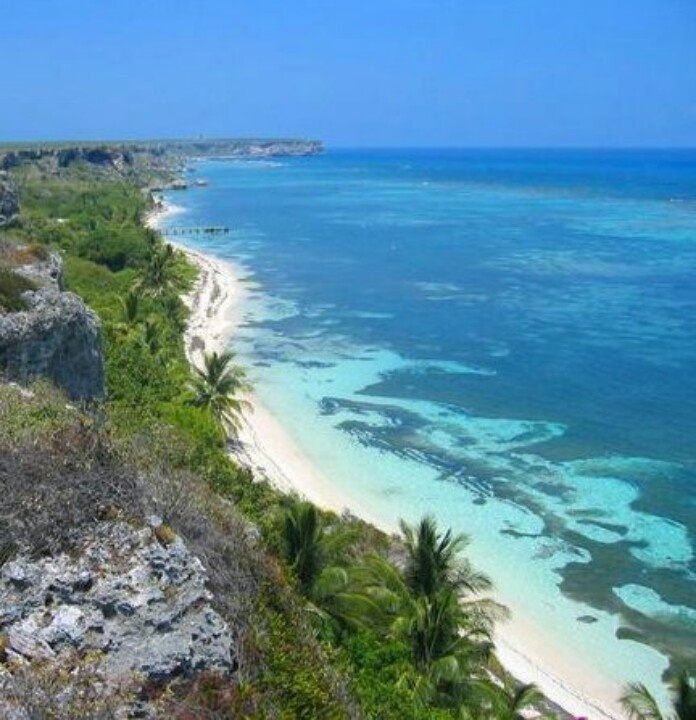 Dolphins and humpback whales are also visible during the winter along the Mona shores.
Dolphins and humpback whales are also visible during the winter along the Mona shores.
The hunting season starts from the beginning of December to the end of April. During this period, hunters can visit the island Monday through Thursday while other visitors are accepted only on weekends. The Puerto Rico’s Department of Natural Resources — known by its Spanish acronym DNR — has implemented strict rules to allow hunting while continuing to protect the environment and the security of all visitors. For the complete regulations, visitors should contact the DNR.
Hunting is allowed to control the growing number of pigs and goats, two unwelcome species that are the worst enemies of the endangered iguanas and the sea turtles. Goats destroy Iguana’s nests and the pigs reach the sandy beaches to eat the turtle eggs. Controlling their population is a major concern for the protection of Mona’s ecosystem.
Protectio
Mona island is under the protection of Puerto Rico’s Department of Natural Resources since 1975.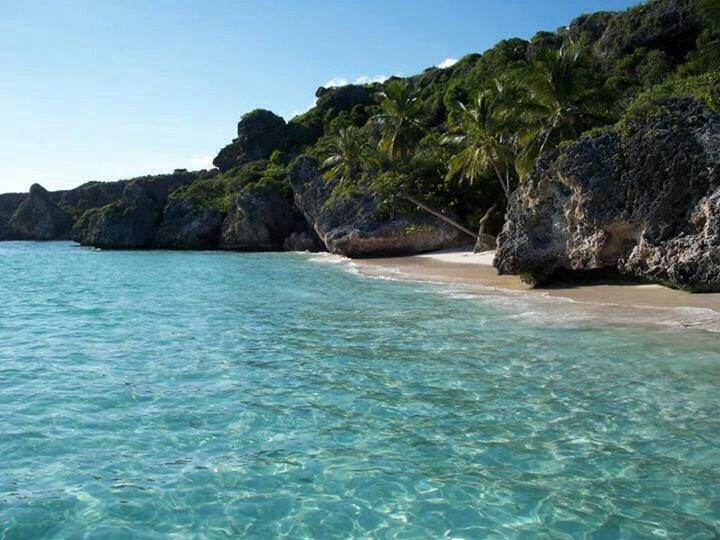 It is recognized by Puerto Rico as a Natural Reserve and the DNR is doing a terrific job in protecting this fragile source of ecological treasures. A group of three to four rangers is always on the island along with a resident biologist. They are rotated on a weekly basis.
It is recognized by Puerto Rico as a Natural Reserve and the DNR is doing a terrific job in protecting this fragile source of ecological treasures. A group of three to four rangers is always on the island along with a resident biologist. They are rotated on a weekly basis.
Rules are very strict to maintain Mona as the best ecological site of the Caribbean. No more than a hundred visitors can be on the island at any time. The nesting areas of the sea turtles are closed to the public at night. Visitors have to bring their own food, drinking water and all camping equipment. Open fires are not allowed. It is also the visitor’s responsibility to carry all solid waste back to Puerto Rico. Showers and bathrooms are available at Playa Sardinera, one of the three camping sites. Brochures provided by the DNR list the rules to follow during a trip to the Mona Island. Upon arrival, rangers offer an additional lecture to all visitors.
Travel Tips
The island can only be accessed from Puerto Rico. From the west coast towns of Mayaguez and Cabo Rojo, chartered boats are available for the six hour trip. Because of the distance and the wide range of activities available, it is recommended to make plans for at least a few days. The waters are rough in the Mona Passage, especially during the months of November to March. Fishermen offering the sea transportation schedule their trip at night when the ocean is calm. Small planes used to land on a small grass field in the South coast of Mona.
From the west coast towns of Mayaguez and Cabo Rojo, chartered boats are available for the six hour trip. Because of the distance and the wide range of activities available, it is recommended to make plans for at least a few days. The waters are rough in the Mona Passage, especially during the months of November to March. Fishermen offering the sea transportation schedule their trip at night when the ocean is calm. Small planes used to land on a small grass field in the South coast of Mona.
Ecotravel is still a very ambiguous term due to the diversity of sites and the wide range of activities classified as having an ecological value. In addition, this booming sector of tourism has a peculiar niche market sharing so many different needs that it has become almost impossible to clearly define ecotravel. However, there is no better place in the Caribbean where ecotravel finds its most basic and indisputable meaning than the Mona Island. It is one of the best ecological site of the Caribbean, a must-see for ecotravelers and scientists alike. Myrna Aponte, the supervisor in charge of the Conservation Division of the Department of Natural Resources could not find better words to describe Mona Island when she said ” Mona is the best kept natural reserve of the region; its ecological, cultural and historical values are unsurpassed and it is not an overstatement to name it the Galapagos of the Caribbean.”
Myrna Aponte, the supervisor in charge of the Conservation Division of the Department of Natural Resources could not find better words to describe Mona Island when she said ” Mona is the best kept natural reserve of the region; its ecological, cultural and historical values are unsurpassed and it is not an overstatement to name it the Galapagos of the Caribbean.”
Elsewhere on the Web
http://welcome.topuertorico.org/city/mona.shtml
Wikipedia
Isla_de_Mona
Planeta.com
Tweet
Puerto Rico dahy boguino conveyor
Puerto Rico dahy boguino conveyor
Puerto Rico
2022-11-15 · Puerto Rico team has been successfully playing against Colombia in recent years, and in this qualifier the hosts won one more victory, that is, the chances of hitting …
Contact
Puerto Rico
2022-11-13 · The climate in Puerto Rico is called the most favorable in the world, such a high rating is due to the even temperature regime without significant fluctuations, a stable level of humidity and atmospheric pressure.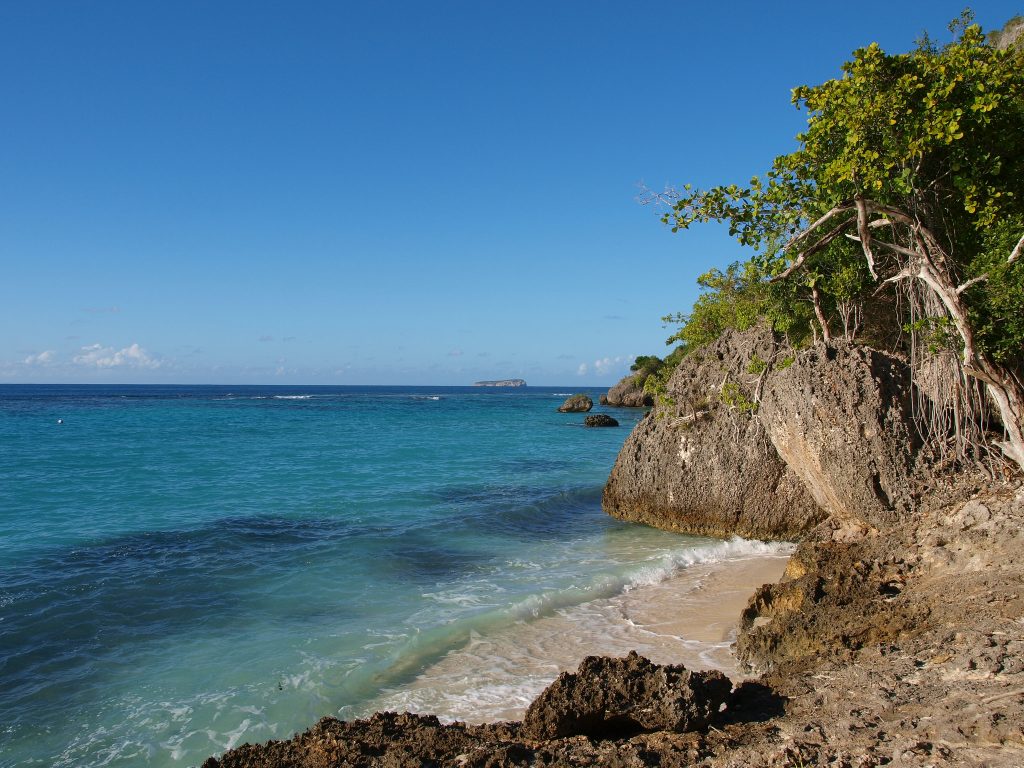 Even in the coldest winter months, the air temperature during the day does not fall below + 20-21 ° C, and the ocean water does not …
Even in the coldest winter months, the air temperature during the day does not fall below + 20-21 ° C, and the ocean water does not …
Contact
Puerto Rico Attractions
The first people landed in what is now Puerto Rico around 4500 BC. e. The archaic Indian tribes that moved here from the territory of modern Venezuela were replaced by the Ingeri tribes …
Contact
Puerto Rico and holidays there: all information about …
This is Puerto Rico’s most touristic area. Here you will find entertainment and recreational activities for everyone. Warm weather, ocean breeze and familiarity with the local culture – everything you need for a real vacation! The largest city in the region is …
Contact
rak Puerto Rico dahy gereet ajil
Puerto Rico dahy cag hugatsaa Puerto Rico is almost rectangular in shape and relatively small – from east to west its length is about 180 km, and the maximum width …
Contact
WhatsApp
Puerto Rico dah muur 908m
Puerto Rico dah cag hugatsaa Puerto Rico is almost rectangular in shape and relatively small – from east to west its length is about 180 km, and …
Contact
Puerto Rico
2013-12-22 Nestled in the mountains of Puerto Rico at an altitude of 497 meters, the radio telescope is trying to pick up signals at a distance of 10 billion light years, as well as find extraterrestrial life forms. The scale is really amazing – the diameter of the telescope is as much as 305 meters !! It is the largest telescope in the world using one …
The scale is really amazing – the diameter of the telescope is as much as 305 meters !! It is the largest telescope in the world using one …
Contact
Puerto Rico dahy jcb 408
Puerto Rico dakh borzhin chuluu butluuryn tatvar Ghana dakh shohoin chuluun gar utasny butluur Michigan dakh chuluun butluuryn zhagsaalt. khoyor dakh gar utasny chuluu butluur Enetkheg 2 AsuultSambar Asuult Bvh barimlyg chuluu butlakh …
Contact
Puerto Rico dahy msha duguyt hakeruud
Puerto Rico: detailed information about the country, maps, photos 5 days in Puerto Rico0005
Contact
Puerto Rico dah tata achigchiyn une
2020-4-30 · History of the flag For several centuries, Puerto Rico has been colonially dependent on Spain. September 23, 1868 in Puerto Rico there was an uprising in …
Contact
★ Top 10 Travel Destinations.
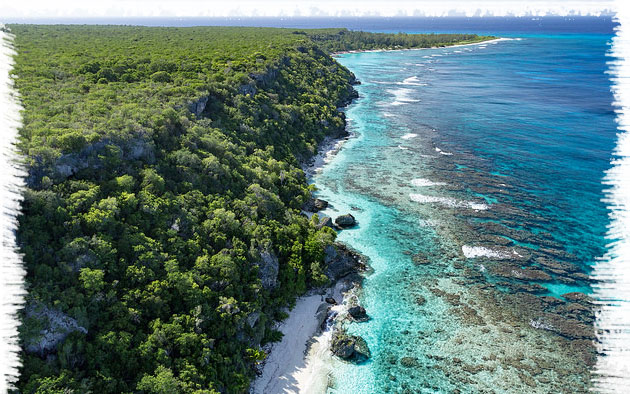 ..
..
San Juan As a tourist destination in the tropical Caribbean, Puerto Rico has it all and then some. Beautiful palm-fringed beaches, some with calm warm waters clinging to golden …
Contact
23 dishes you can find in Puerto Rico
2021-4-2 · 4 Corn porridge / Harina de maiz. In Puerto Rico, many children wake up with the smell of corn porridge. Cornmeal is mixed with sugar, milk and vanilla to form an oatmeal-like breakfast …
Contact
Puerto Rico dahy jcb 408
Puerto Rico is a US possession in the West Indies. Citizens of Russia are required to have a visa, which is issued at the US embassies located in the territory of …
Contact
Puerto Rico – Wikipedia
Puerto Rico consists of the main island of Puerto Rico and many smaller islands and reefs, including Mona (Isla de Mona), Vieques (Vieques), Culebra (Culebra), Desecheo ( Desecheo) and Caja de Muertos (Caja de Muertos). Of the last five islands, only Vieques and Culebra are inhabited throughout the year. Mona Island is inhabited only by Puerto Rican employees…
Of the last five islands, only Vieques and Culebra are inhabited throughout the year. Mona Island is inhabited only by Puerto Rican employees…
Contact
Puerto Rico for Cryptocurrency Business …
2022-3-14 · Puerto Rico is a new tax haven for bitcoin millionaires. Millionaires from the United States of America have finally found a replacement for classic offshore companies, choosing …
Contact
Puerto Rico dahy hund tonog tökhöörömzh
Puerto Rico dahy 75 ts tsag els hiykh machines Gypsum olborloh tonog töhöörömzh Gypsum n mash ashigtai bolovsn. Gipsen chuluulag uurshiltaar geological tsag үed …
Contact
Puerto Rico dahy msha duguit hakeruud
Puerto Rico ehleh hamgiin shieldag 7 business Puerto Rico dahy hamgiin ashigtai businessiin sanaa yuu ve? Puerto Rico n ANU-yn haryaa husband bish harin nutag devsgar gezh halzh bolno.
Contact
Puerto Rico: attractions and beautiful …
Between February and March in Puerto Rico in the Rincon area (140 kilometers from San Juan) offers a unique opportunity to see the endangered species of mammals – huge humpback whales.
Contact
The 51st state: how Puerto Rico ended up in …
2021-6-27 · Puerto Rico, like a number of other territories, went to the United States as a result of the war with Spain in 1898. Already in 1900 …
Contact
Puerto Rico Island, Puerto Rico – detailed …
2022-10-29 · Puerto Rico is an island that is part of the Greater Antilles archipelago and is located 100 km east of the island of Haiti. This is the fabulous nature that endowed the island of Puerto Rico with a mild tropical climate, clean …
Contact
10 most interesting facts about Puerto Rico
2018-3-13 · The Puerto Rico Trench is located slightly north of Puerto Rico and separates the Atlantic Ocean and the Caribbean Sea. At its lowest point, its depth is 8.4 km. This place has a complex geological …
At its lowest point, its depth is 8.4 km. This place has a complex geological …
Contact
GREAT | Puerto Rico dahy business erkhleh …
2022-10-29 · Puerto Rico dahy business erkhleh. | AJILLAH YILCHILGEE | Uylchlүүlegchdiin 5/5-aar unelsen, Puerto Rico hottod business erkhleh, Puerto Ricod business erkhleh, Puerto Rico business erhlehiig kherhen ehlүүleh ve? Saya uildverlegchid.
Contact
Estonian dahy sled conveyor
2021-7-20 · Estonian dahy crypto-currency license Ta jaagaad Estonian ulsad company baiguulah estoi ve? … 2021-5-6 “sled conveyor” (conveyor “sancon”) for more than 20 years …
Contact
“The Politics of Neo-Colonialism”: Why …
2018-10-18 · On October 18, 1898, the American flag was raised over Puerto Rico. An American military administration was established on the island. Under the Treaty of Paris, signed on December 10 of the same year, Spain agreed to cede all the captured islands to the United States.